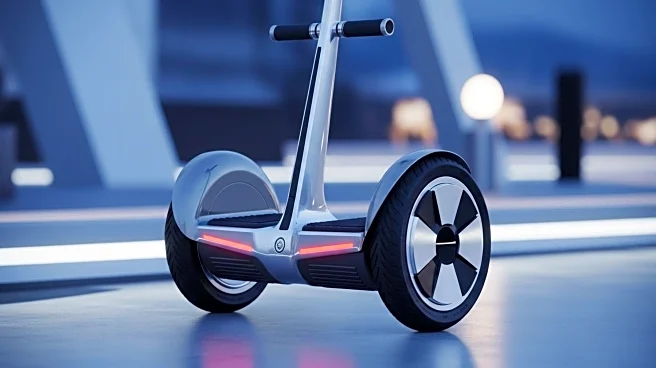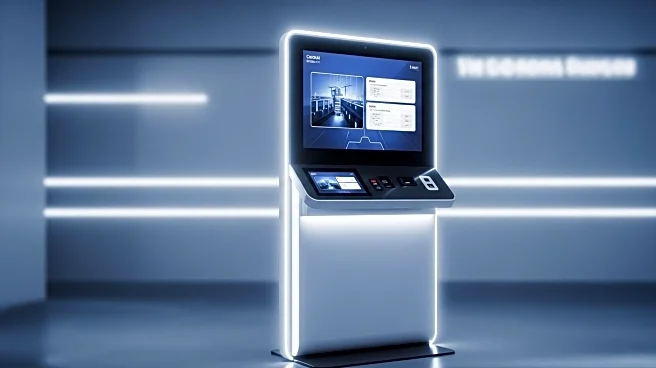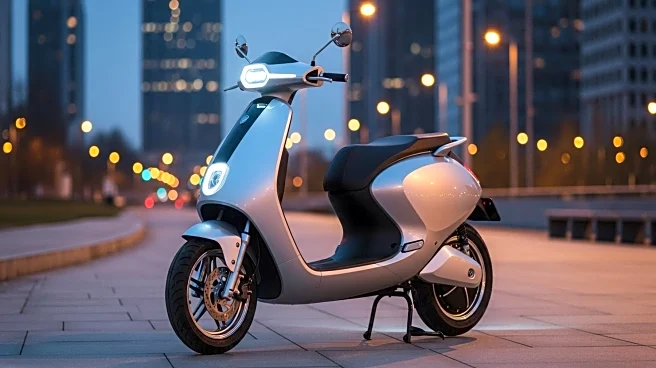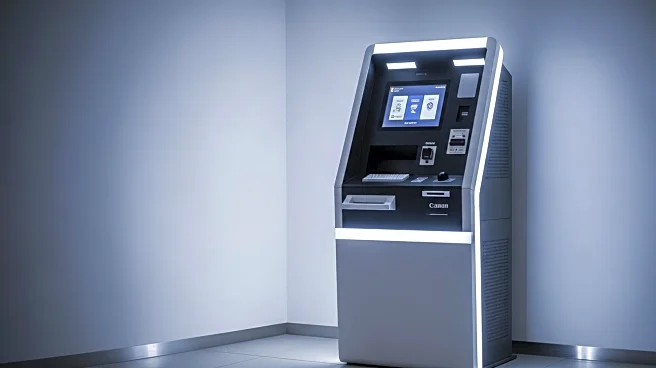What's Happening?
The global self-balancing scooter market is set for significant growth, with projections indicating an increase from USD 2.5 billion in 2025 to USD 12.2 billion by 2035. This growth is driven by the rising demand for sustainable urban mobility solutions. Self-balancing scooters, commonly known as hoverboards or Segways, have evolved from recreational devices to essential tools for short-distance travel in urban areas. Their compact design and rechargeable battery systems make them ideal for navigating densely populated cities. Technological advancements, including lithium-ion batteries and gyroscopic stabilization, have enhanced their performance and safety, making them increasingly popular among urban commuters.
Why It's Important?
The expansion of the self-balancing scooter market reflects a broader shift towards sustainable transportation solutions in urban environments. As cities aim to reduce reliance on fuel-powered vehicles, these scooters offer an eco-friendly and cost-effective alternative. The integration of advanced technologies such as smartphone connectivity and autonomous driving capabilities further enhances their appeal. This growth is likely to benefit manufacturers and technology companies involved in producing and innovating these devices, while also supporting urban infrastructure development focused on green mobility.
What's Next?
The future of self-balancing scooters looks promising as cities continue to invest in smart and sustainable transportation systems. These devices are expected to play a crucial role in last-mile connectivity, complementing public transport networks. With increasing investments in smart city infrastructure, the integration of self-balancing scooters into traffic management and shared payment systems could further boost their adoption. Governments promoting green mobility initiatives are likely to accelerate this shift towards cleaner urban transport.
Beyond the Headlines
The rise of self-balancing scooters also highlights the ethical and environmental considerations of urban mobility. As these devices become more prevalent, issues such as safety regulations, infrastructure development, and equitable access to transportation will need to be addressed. The market's growth could also spur innovation in battery technology and sensor systems, leading to broader applications in other sectors.











